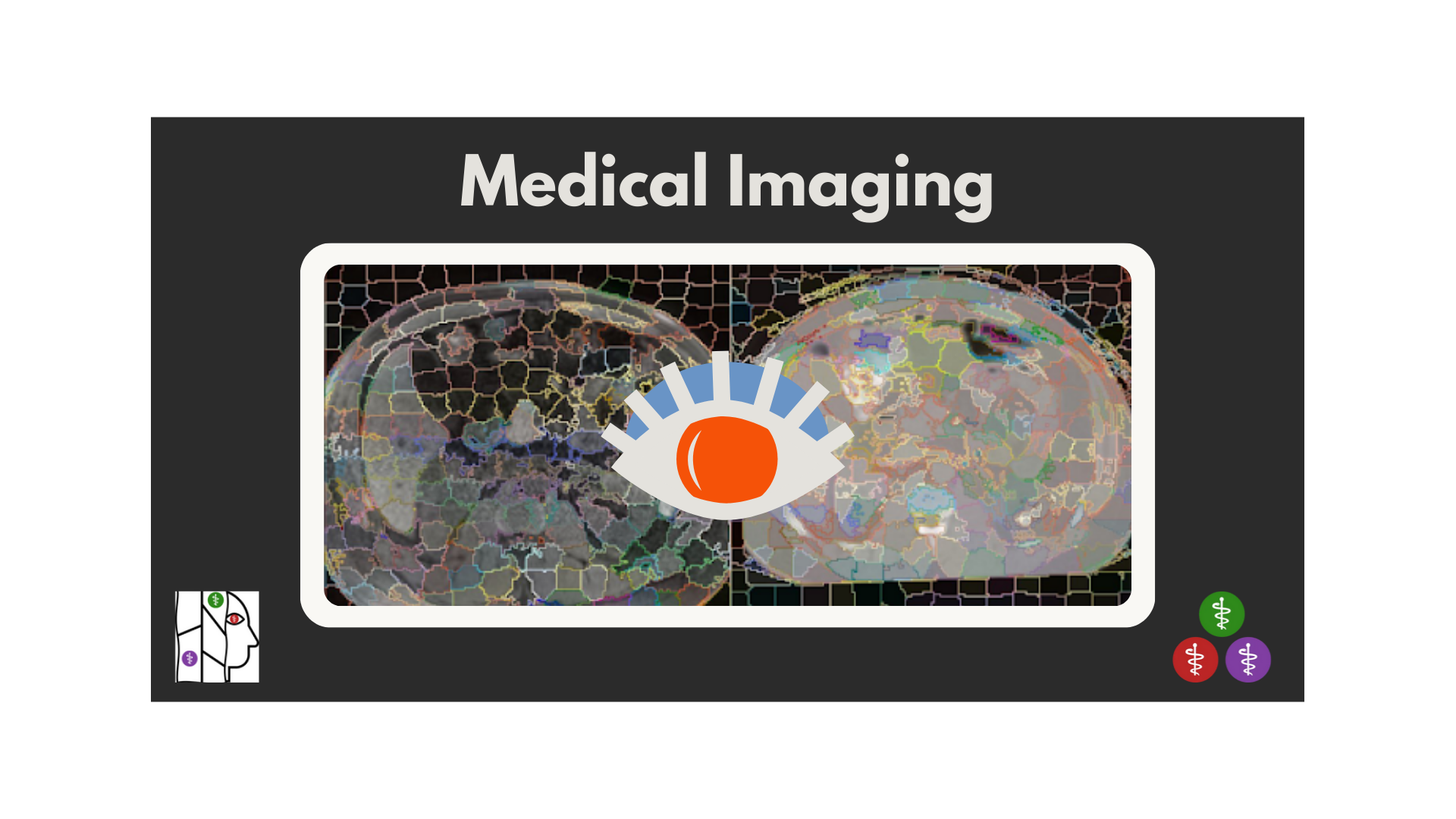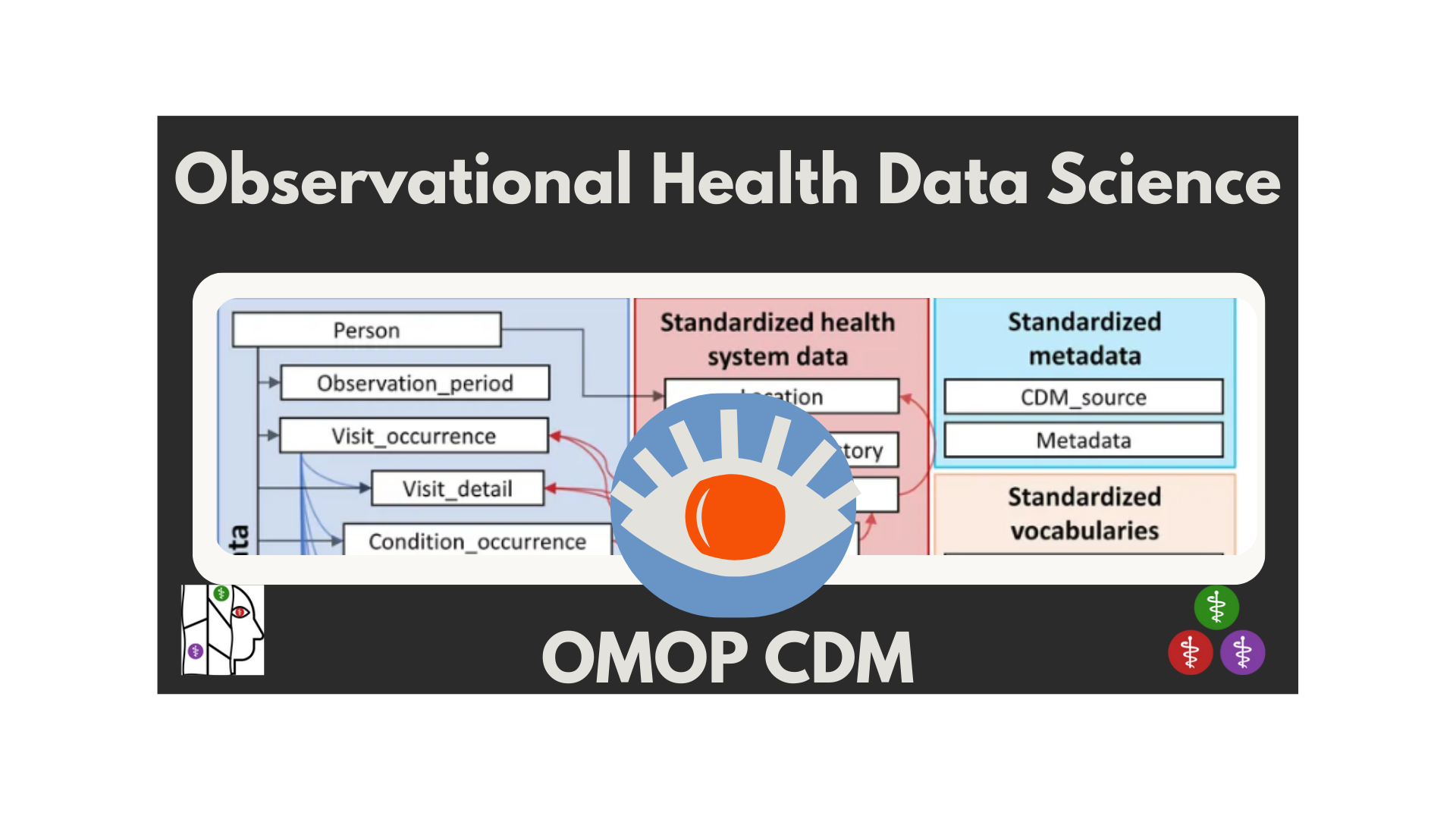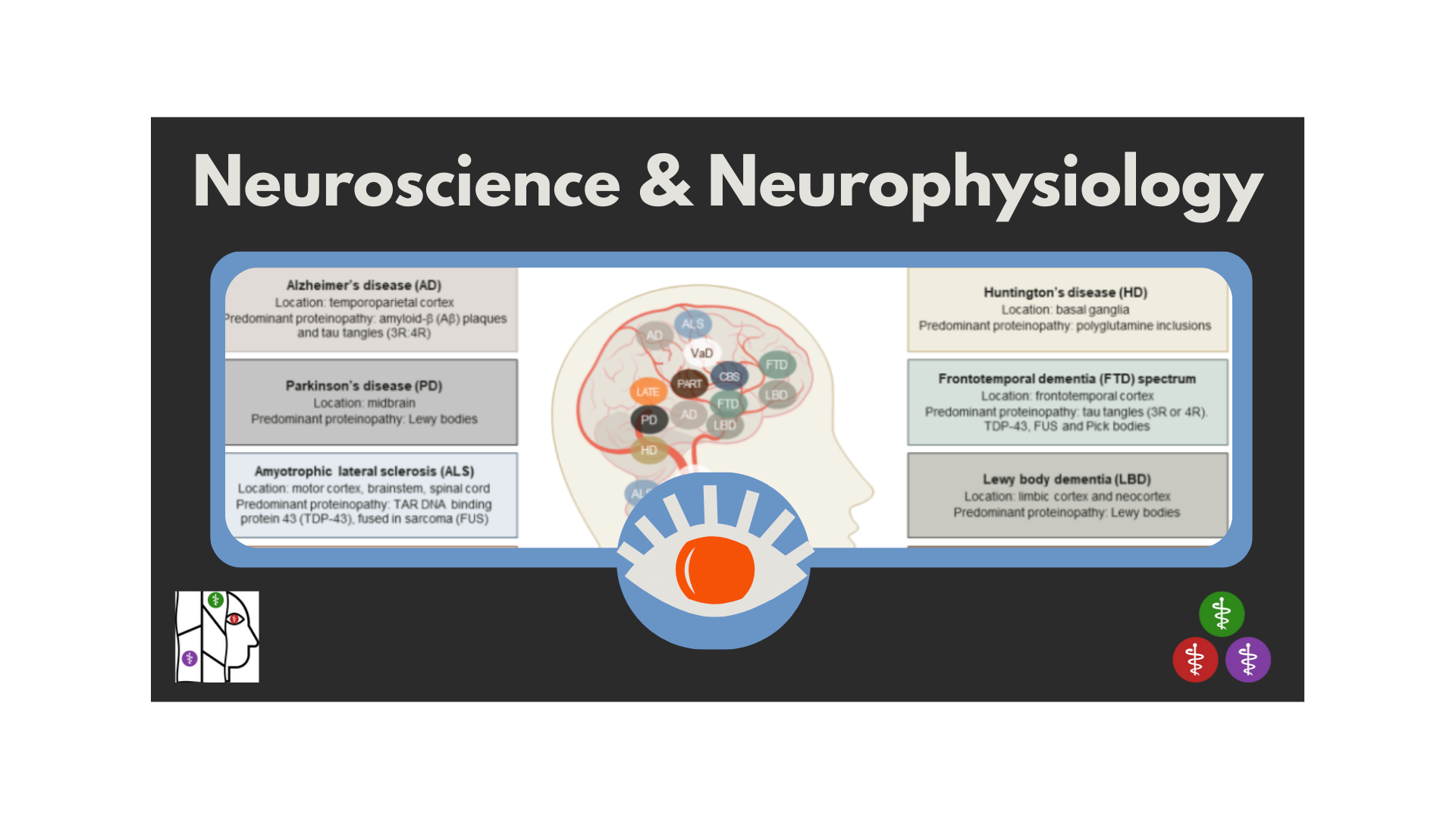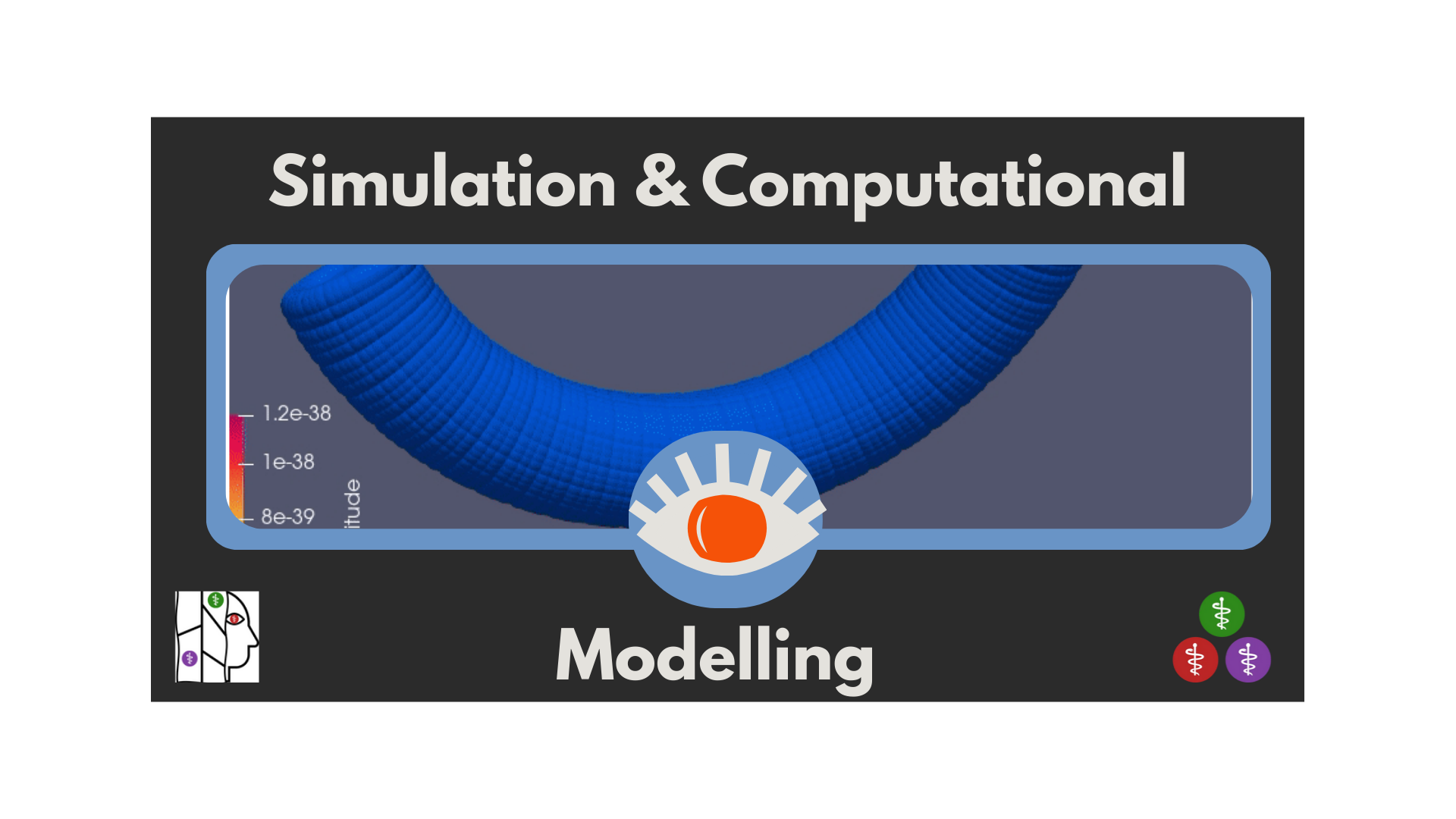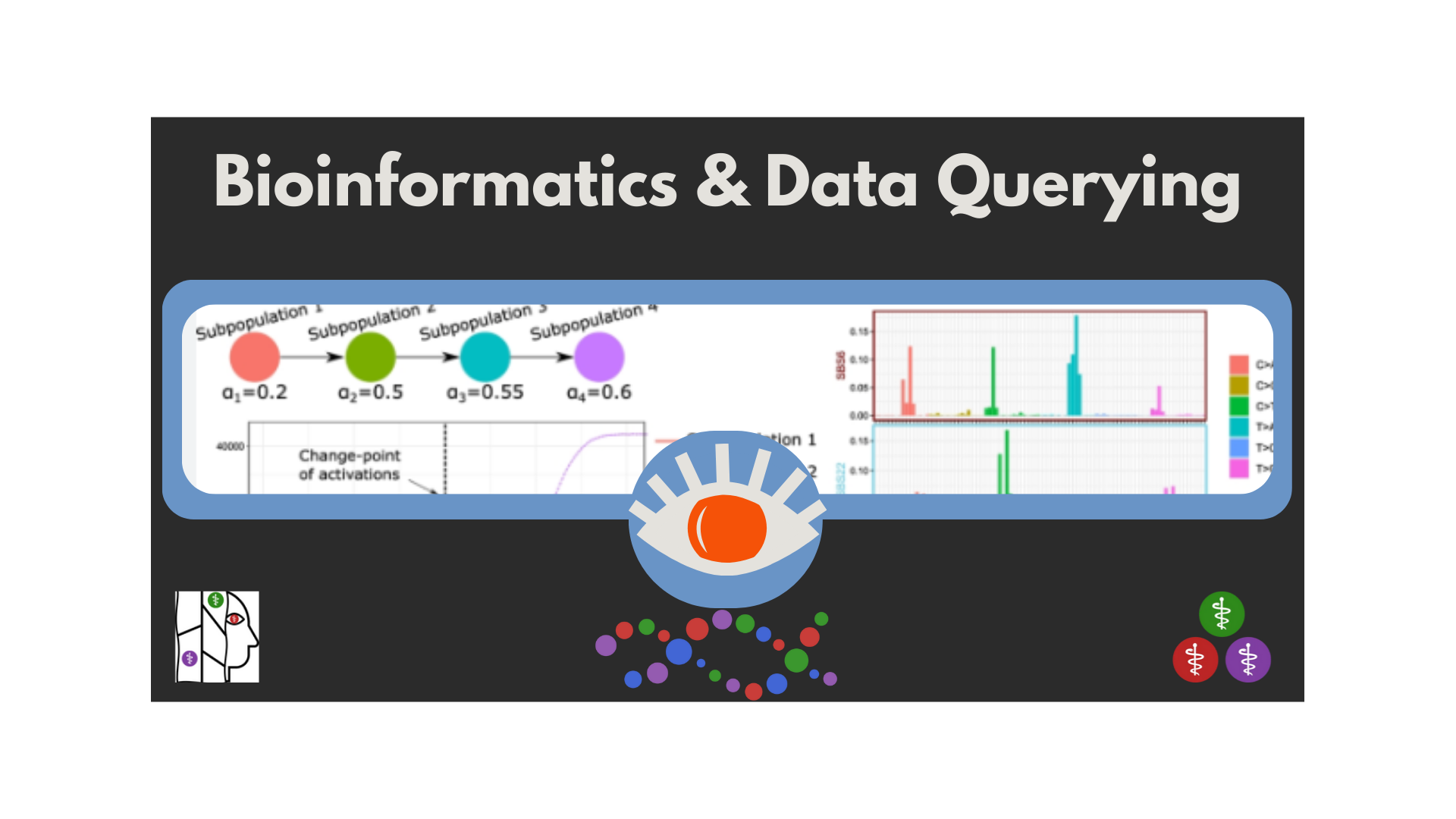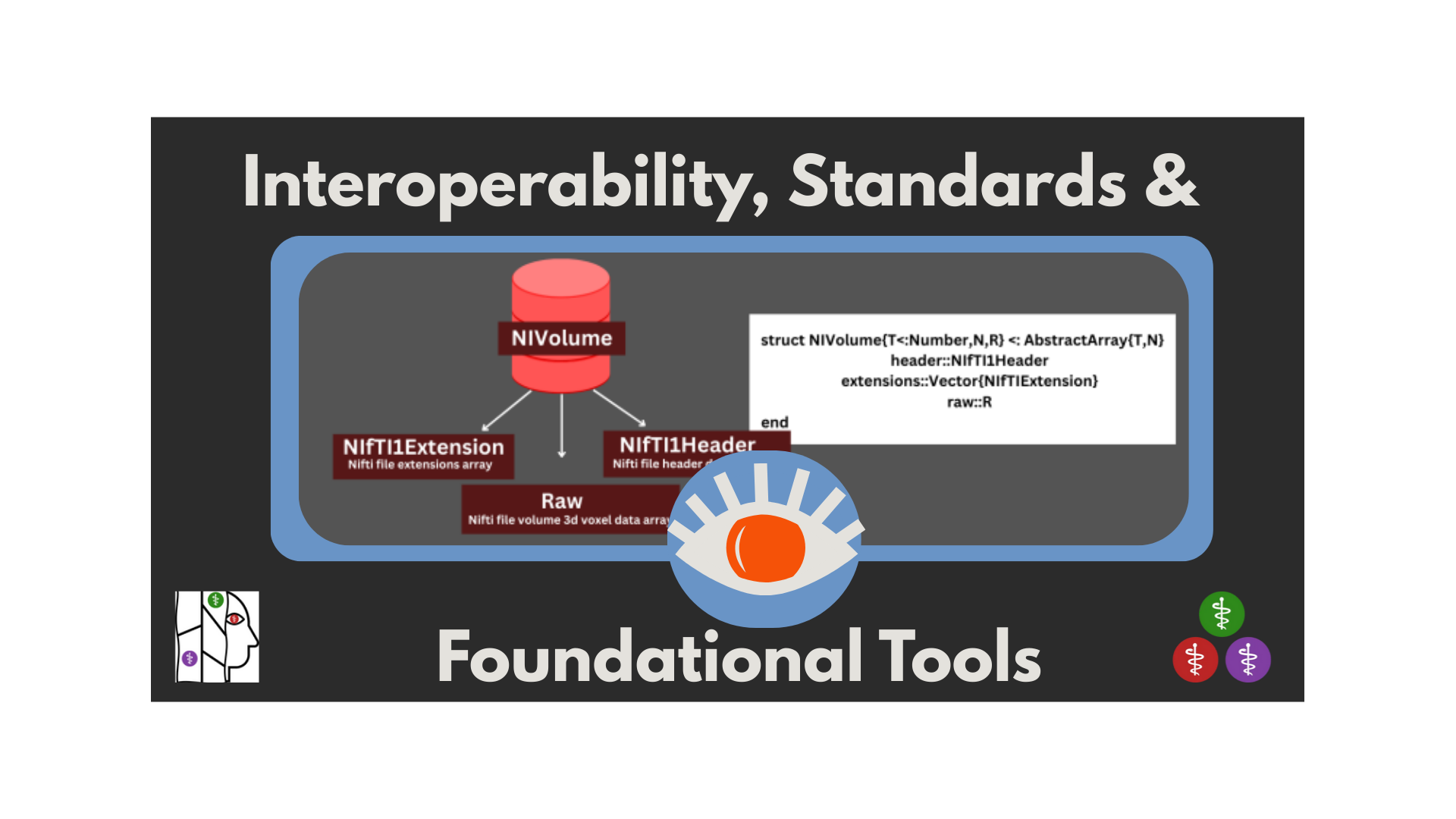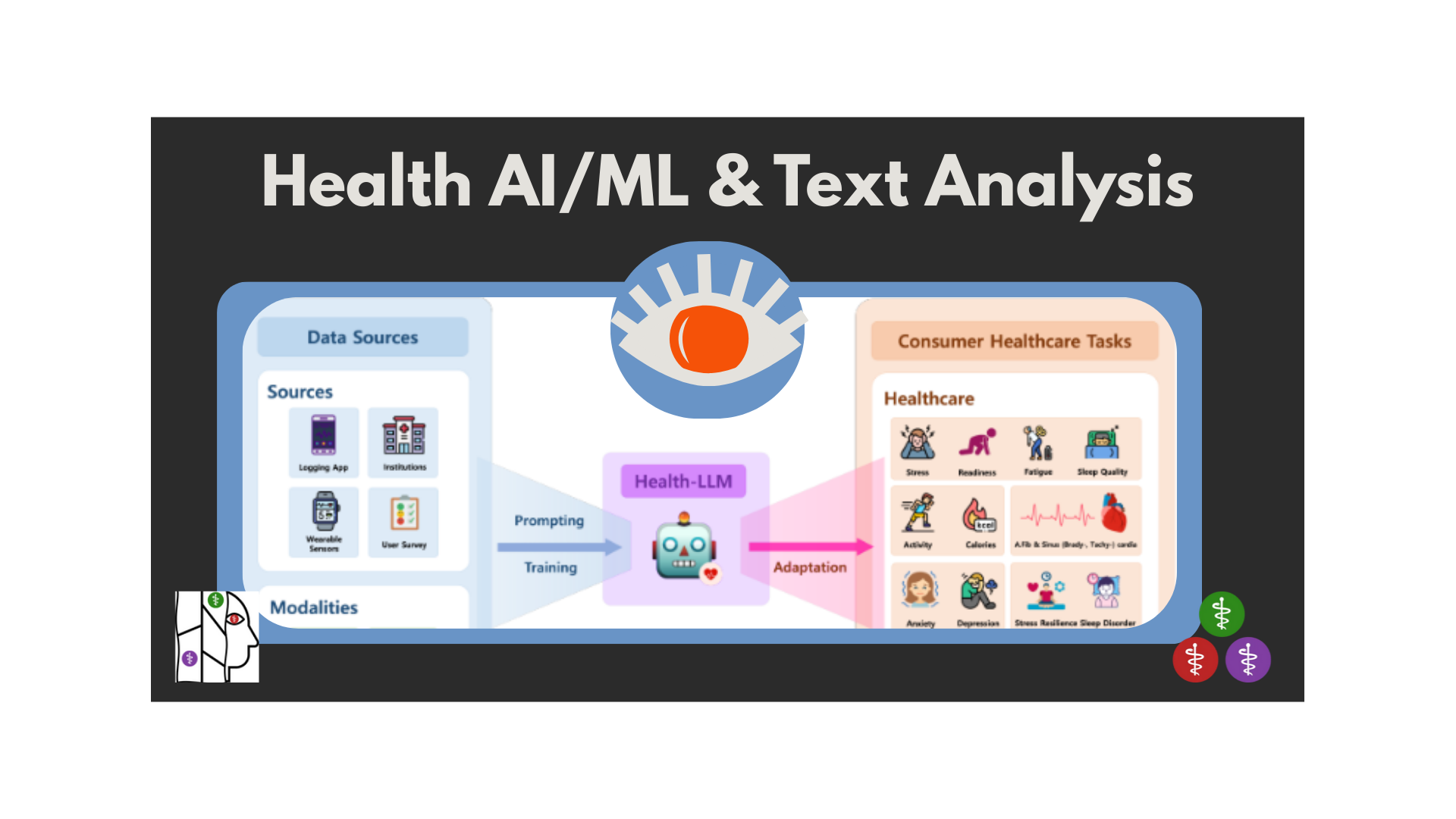Growing Together: Exploring Sub-Ecosystems within JuliaHealth 👋
Welcome to the vibrant and expanding world of JuliaHealth! As our community grows and the number of powerful Julia packages dedicated to health, medicine, and biomedical research increases, we’re seeing natural clusters of activity form around specific domains. To foster collaboration, improve discoverability, and accelerate progress in these specialized areas, we’re excited to introduce the concept of Sub-Ecosystems within JuliaHealth.
This post aims to:
- Explain what we mean by a “sub-ecosystem.”
- Highlight some of the prominent and emerging focus areas we see.
- Invite you to participate in shaping and growing these vital communities within the broader JuliaHealth organization.
What is a JuliaHealth Sub-Ecosystem?
Think of JuliaHealth as a large, bustling city. A sub-ecosystem is like a specialized district within that city – a place where people working on similar problems congregate, share tools, develop specific expertise, and collaborate closely.
More formally, a JuliaHealth sub-ecosystem is:
- A collection of related Julia packages addressing challenges within a specific health domain (e.g., medical imaging, observational health data).
- A community of developers and users passionate about that domain.
- A focal point for collaboration, potentially leading to shared standards, interoperable tools, and targeted documentation or tutorials within that niche.
These aren’t rigid silos, but rather areas of concentrated effort that make it easier for newcomers and veterans alike to find relevant tools and expertise.
Why Sub-Ecosystems? The Benefits
Structuring our community efforts around these focus areas offers several advantages:
- Improved Discoverability: Newcomers looking for tools for, say, MRI simulation or analyzing OMOP CDM data can more easily find the relevant cluster of packages.
- Focused Collaboration: Developers working on related packages can coordinate efforts, avoid duplication, and build tools that work well together.
- Deeper Expertise: Sub-ecosystems become hubs of specialized knowledge, accelerating innovation within that domain.
- Targeted Resources: It becomes easier to create specific tutorials, documentation examples, and showcase demonstrations (like introductory videos!) for a particular area.
- Clearer Roadmap: Identifying strengths and gaps within a sub-ecosystem can help guide future development efforts.
Exploring Potential & Existing Sub-Ecosystems
Based on the packages currently under the JuliaHealth organization and exciting areas of growth, here are some potential sub-ecosystems we envision. This is a starting point for discussion, and we expect these areas to evolve!
Beyond these, we see potential for growth in areas like:
- Epigenetics: Tools for analyzing epigenetic data in health contexts.
- Genomics in Health: While overlapping with BioJulia, specific clinical genomics applications could form a focus.
- Clinical Trials: Tools for design, simulation, and analysis (e.g.,
BlindingIndex.jl).
How You Can Get Involved!
This is a community effort! We need your input and participation to make these sub-ecosystems thrive:
- Join the Discussion: Share your thoughts on these proposed areas. Do they make sense? Are key areas missing? Discuss on:
- Discourse: Biology, Health, and Medicine category
- Zulip:
#biology-health-and-medicinestream - Slack:
#health-and-medicinechannel (Invite link)
- Contribute to Packages: Find a sub-ecosystem that interests you and contribute to the existing packages within it – documentation, bug fixes, new features are all welcome!
- Propose New Packages: See a gap within a sub-ecosystem? Consider starting a new package to fill that need.
- Develop Showcase Materials: Help create tutorials, examples, or even short introductory videos (like the placeholders above!) demonstrating how packages within a sub-ecosystem work together. Let us know if you’re interested in contributing a video!
- Lead or Champion: Passionate about a specific area? Consider helping to coordinate efforts or act as a point person for that sub-ecosystem.
Conclusion: Building Focused Communities
By recognizing and nurturing these specialized sub-ecosystems, we aim to make JuliaHealth even more effective, collaborative, and welcoming. This structure can help channel the amazing energy within our community, leading to more robust, interoperable, and impactful tools for improving health worldwide.
This is just the beginning of the conversation. Let’s work together to map out these territories and build thriving communities within them. We’re excited to see where these focused efforts take us!
Citation
@online{community_(leader_jacobzelko,_contributor_divyansh_goyal)2025,
author = {Community (Leader JacobZelko, Contributor Divyansh Goyal),
JuliaHealth},
title = {Growing {Together:} {Exploring} {Sub-Ecosystems} Within
{JuliaHealth} 👋},
date = {2025-04-29},
langid = {en}
}
